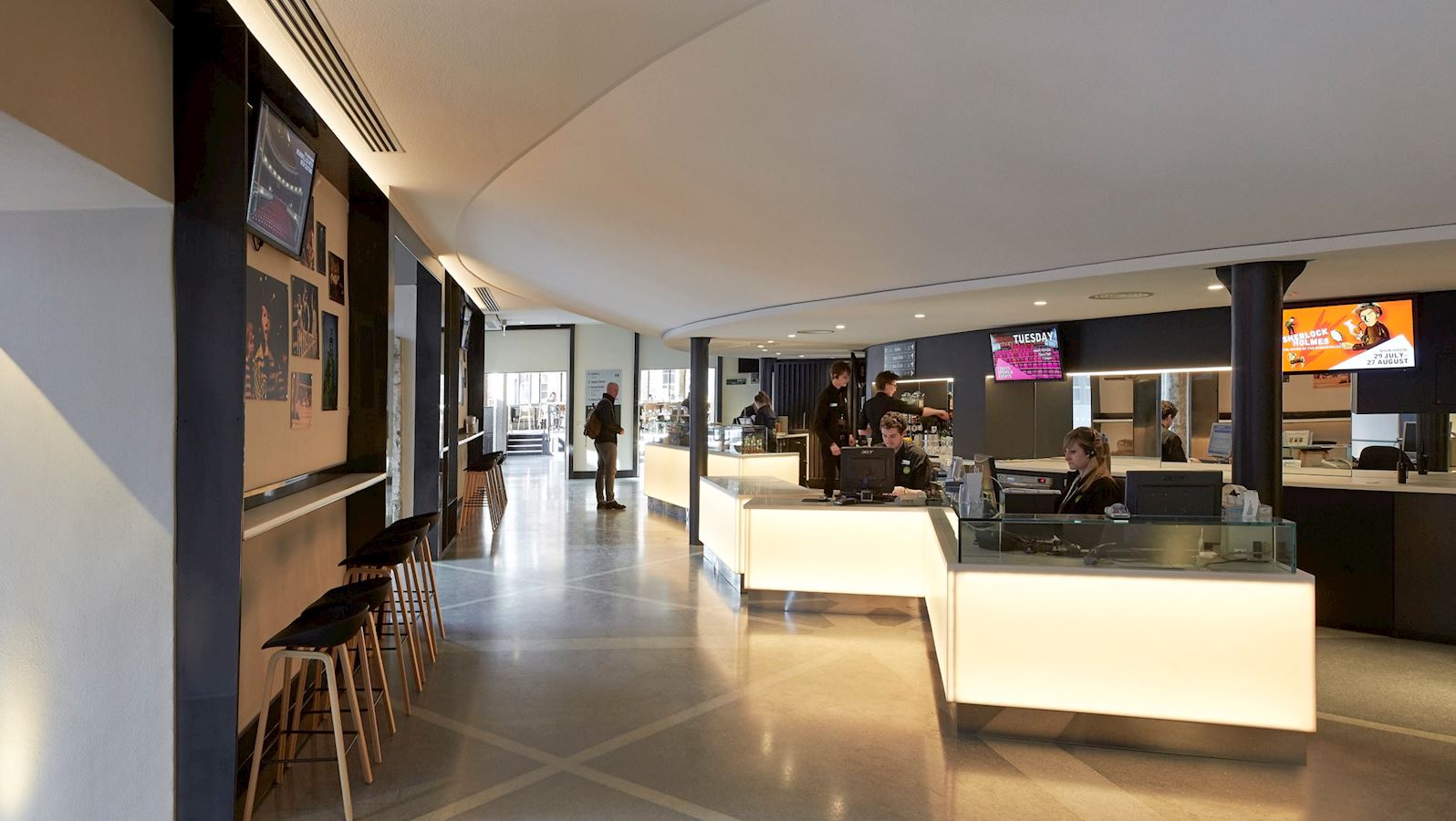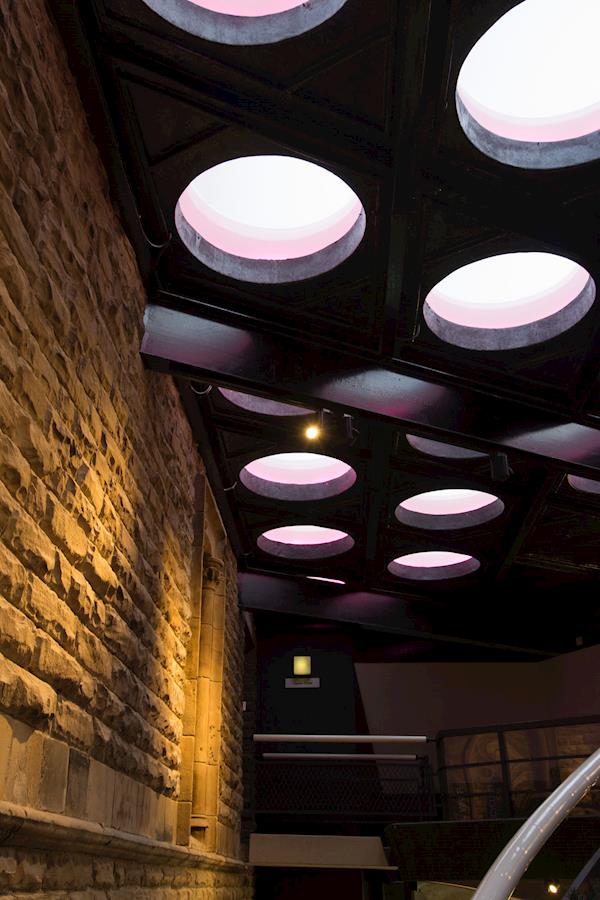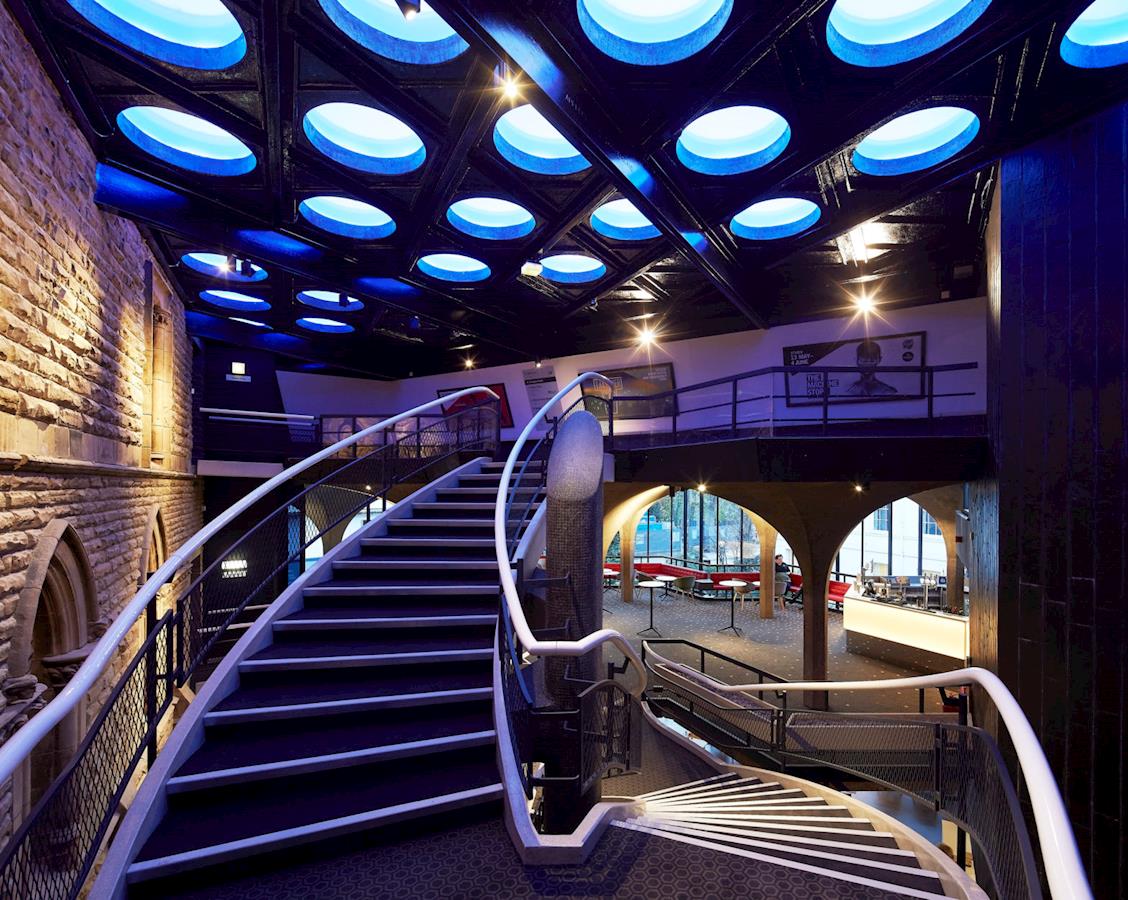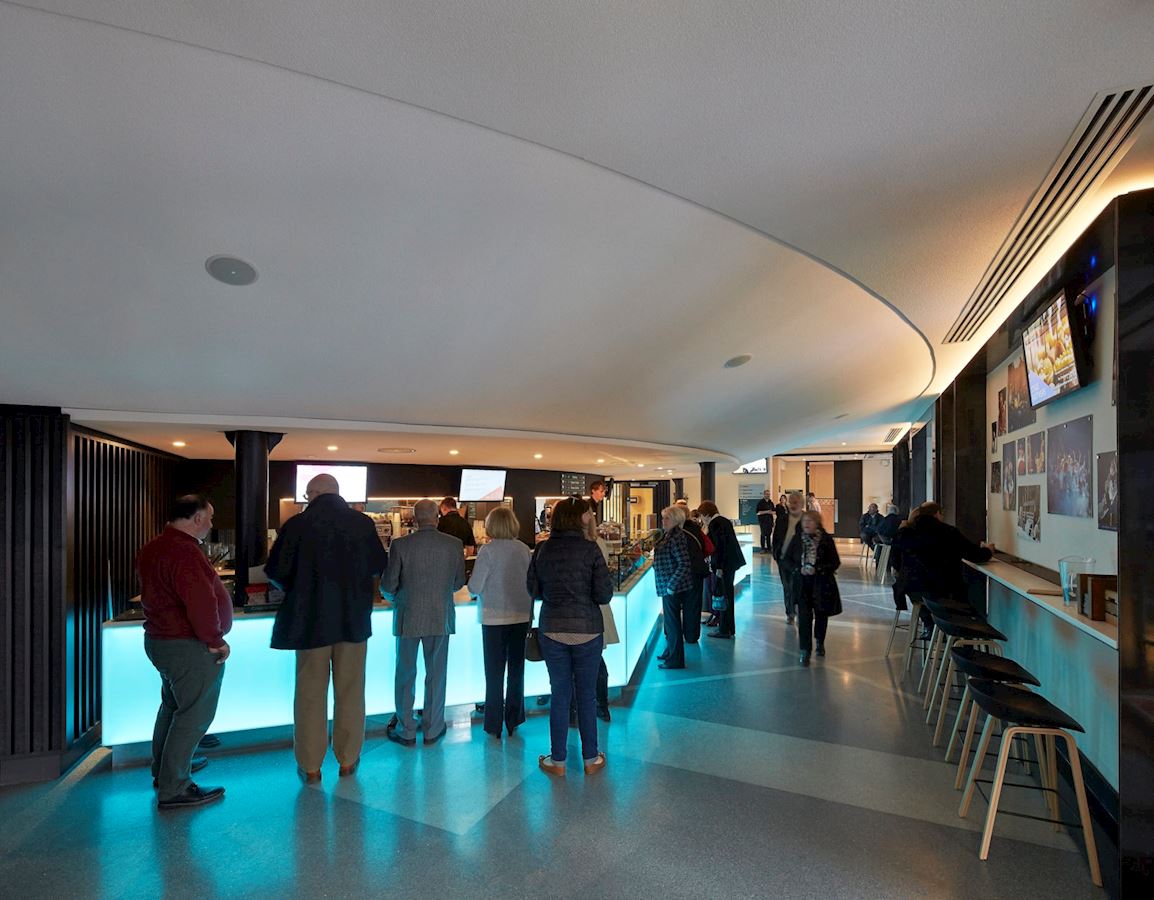York Theatre Royal Redevelopment
The York Theatre Royal, established in 1734, is one England’s leading producing theatres. It serves over 200,000 patrons a year and seats 847 people, producing a variety of performances and running several community events, including a long-running annual pantomime performance by Berwick Kaler.
Between 2015 and 2017, the theatre underwent a major redevelopment to ensure the sustainability and facilities fit for the future. This involved an extension and remodel of the front-of-house areas, resulting in a stunning modernist foyer designed by De Mantos Ryan. The extension ensures that all the original facets of the theatre are preserved, whilst also expanding on the theatres facilities and providing a new front-of-house space. Whilst the redevelopment was successful, the history of the building provided some challenges along the way.
Throughout its 270 years of operation, the theatre has naturally inherited a variety of styles and architectural developments. The theatre was originally established by Thomas and Elizabeth Keregan in the early 18th century, built upon the site of a converted tennis court. After Thomas’ death ten year later, Elizabeth began construction on what was then called the ‘New Theatre’. This was only the first of many redevelopments over the years, each of which has been preserved and can be seen in the theatre today. This includes ancient Roman well, hidden under the stage, as well as archways and walls from the 12th century St Leonard’s Hospital. A later Georgian interior can also be seen, along with the recent 1960s poured concrete design.
Discrete colour changing lighting
All of this meant that careful consideration had to be taken when redeveloping the theatre, with the York Architectural Trust enlisted to carry out excavation work on the site of the old St Leonards Hospital before any work could commence. After this, the expansion was completed, granting the theatre a new box office area, an open-plan foyer and a brand new café and bistro.
All these new areas were complimented by lights supplied by IBL Lighting. The renovated 1967 building uses RGBW Linear LED along with Can 100 surface mount fittings and track mounted Flute Spots to illuminate the space, as well as Cone 80 downlights in corridors and adjoining areas. The roof features an array of weatherproof, acrylic domes, all of which use DMX controlled RGBW tape. The colour of the domes can be changed by the theatre to match the aesthetic of events or shows, and can be synced with the colour of the RBG Linear LED at the reception and box office areas.
It’s clear that the redevelopment was a resounding success. The end result is a stunning new area that feels fresh whilst still maintaining the heritage elements of the theatre that make it so special. The theatre reopened in April of 2017 to the praise of the critics, community and alike.





Image by Hufton & Crow
Wednesday, August 9, 2017